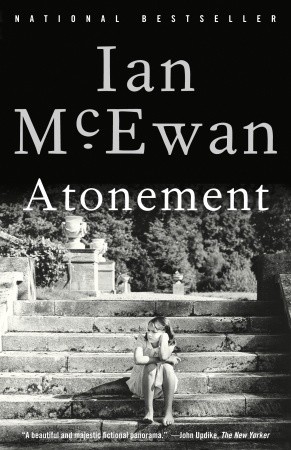When I was younger I remember being excited to go to the school book sale to get a new book for myself. I still own that book that I bought in like 3rd grade. The other was getting to go the school library to pick out what I wanted to read or getting to go to the bookmobile when it came near my house. Now I still go to the library to get books and also enjoy a good book sale whenever I can but now I also get a lot of ebooks and eaudiobooks as well. I sometimes look at the children books that have been made into digital read-along books that include animations. Books have come a long way since I was a kid when they weren’t any ebooks.
I feel in the next 20 year it will keep going the way it has been going with adding more ebook. I don’t believe we will ever get rid of all print book because they are nothing like holding a book in your hand. Most of the teens and younger adults that I work with don’t really like ebooks and if they are reading would prefer a print book. In the article ‘Stay awake’ talks about how it more about people not reading digital that is really hurting books (Le Guin). I also saw an article from Wired that talks about how even though people say they are not reading publisher are still selling lots of books. Some of what is hurting publishers are the ability of the writers to publish their own materials and cut out the middleman (Hughes). For example, Hugh Howey the writer of the sci-fi book ‘Wool’ choose not to sign with a publisher because he was making around $12,000 a month on the ebook and some self-published print book. He was offered several different book contract after his book started selling but choose not to sign with any of them till on offered to do just the print book but let him keep control over his own ebook (Hughes). If it continues to be easier for a writer to self-publish I see this being the way of the future. I again don’t believe print books are going to go away the real thing we have to worry about is if people just stop reading. With the way, people work nowadays they just don’t have time to read for pleasure and if work keeps going the way it is this might hurt the book industry.
Hughes, Evan. “Book Publishers Scramble to Rewrite Their
Future.” Wired, 19 March 2013. https://www.wired.com/2013/03/publishing-industry-next-chapter/
Le Guin, U. K. “Staying awake: notes on the alleged decline
of reading.” Harper's Magazine, 2008,
316(1893).


